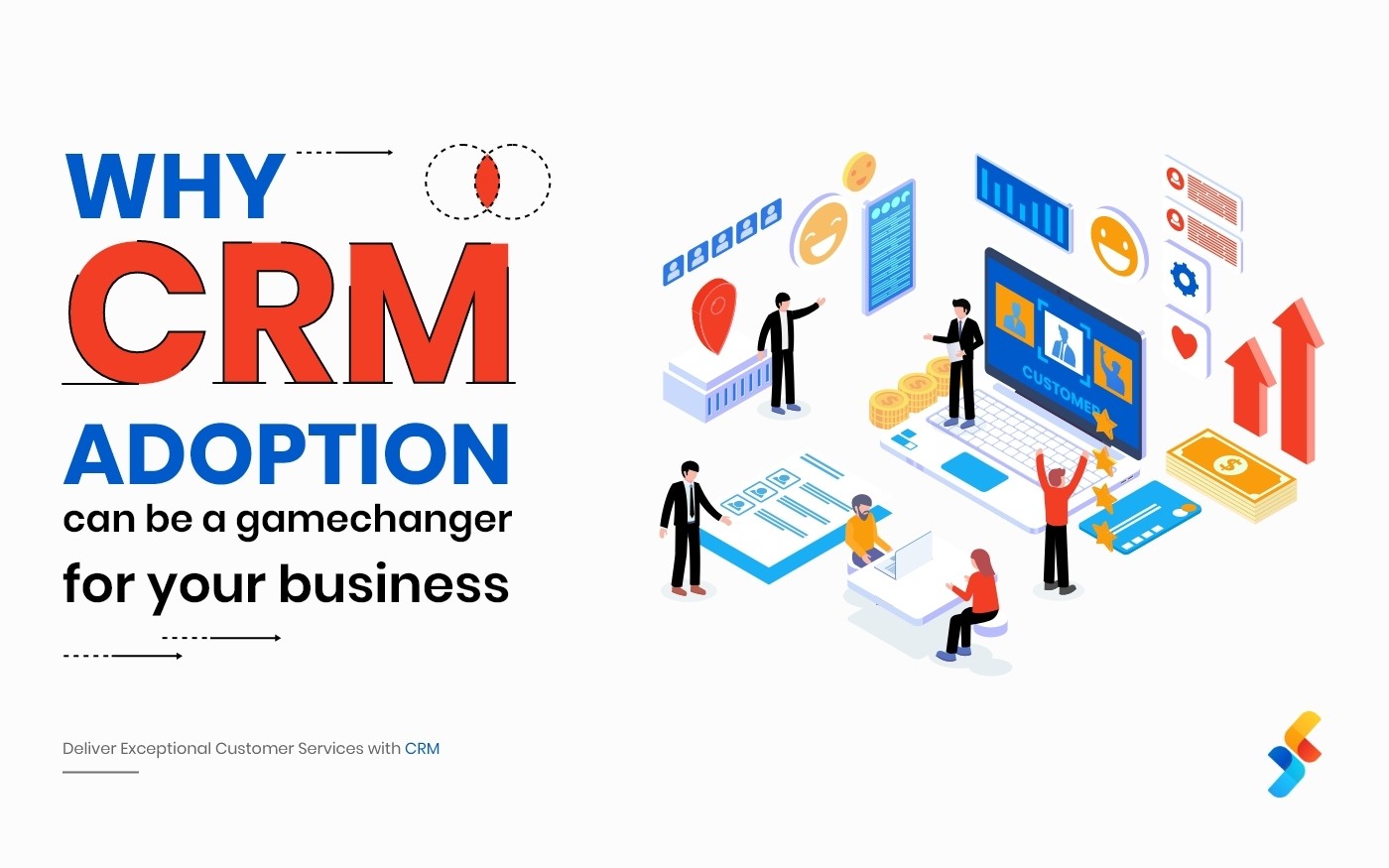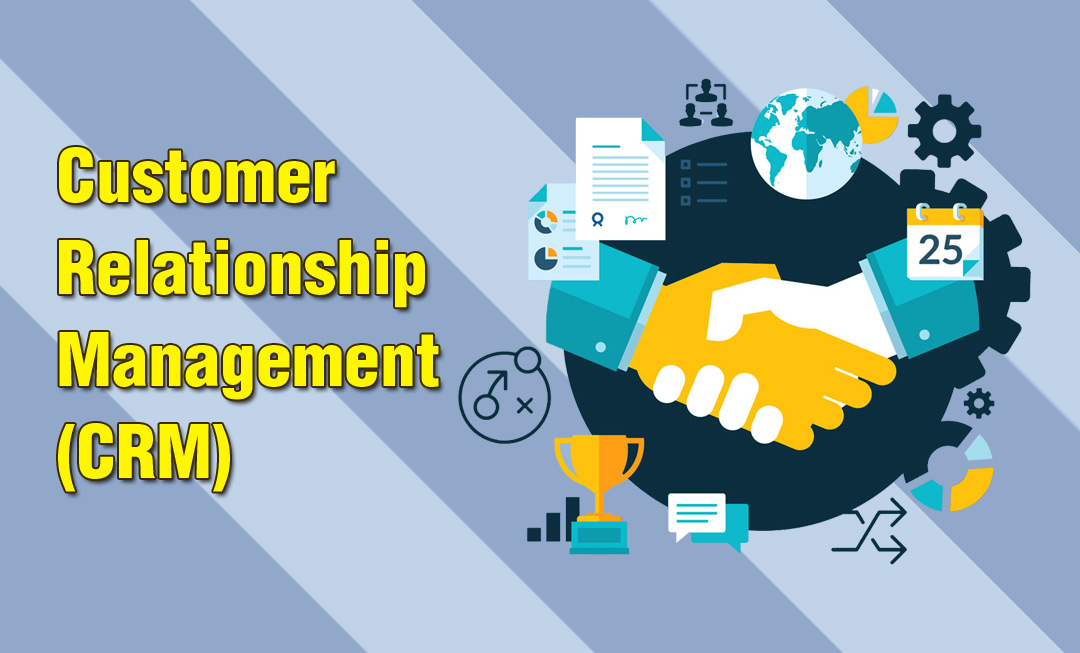Boosting Employee Efficiency with CRM Tools: A Game-Changer for Your Business
Boosting Employee Efficiency with CRM Tools: A Game-Changer for Your Business

Boosting Employee Efficiency with CRM Tools: A Game-Changer for Your Business
As a business owner, you know how essential it is to have a team that’s working at its best. When your employees are efficient, productive, and happy, your company will thrive. One way to achieve this is by implementing a Customer Relationship Management (CRM) system that’s designed to streamline processes, eliminate tedious tasks, and free up more time for your team to focus on high-priority tasks. In this article, we’ll explore the world of CRM tools and how they can supercharge your employees’ efficiency.
What is CRM?
Before we dive into the nitty-gritty, let’s cover the basics. CRM stands for Customer Relationship Management, and it’s a software system that helps businesses manage their interactions with customers, clients, and prospects. CRM tools collect and store data on customer interactions, making it easier to analyze and understand customer behavior, preferences, and needs.
Why Do You Need a CRM System?
In today’s fast-paced, tech-savvy world, customers expect personalized experiences, quick responses, and top-notch service. Without a CRM system, it’s like trying to navigate a busy highway without a map – you’ll get lost, frustrated, and struggle to stay on track. Here are some compelling reasons to adopt a CRM system:
- Improve customer satisfaction: By having all customer data in one place, you can respond to queries and concerns faster, leading to higher customer satisfaction and loyalty.
- Increase sales: CRM tools help you identify new sales opportunities, track leads, and analyze customer behavior, making it easier to close deals and grow revenue.
- Boost employee efficiency: Automate mundane tasks, reduce data entry, and provide employees with real-time access to customer information, freeing up more time for high-value tasks.
- Make data-driven decisions: CRM analytics provide actionable insights, enabling you to make informed decisions and drive business growth.

Top CRM Tools for Improving Employee Efficiency
Now that you know why you need a CRM system, let’s explore some top-notch CRM tools that’ll help boost your employees’ efficiency. Here are our top picks:
- Salesforce: The king of CRM tools, Salesforce is a comprehensive platform that offers a wide range of features, including sales, marketing, and customer service tools.
- HubSpot: Known for its marketing and sales capabilities, HubSpot is a user-friendly CRM that’s perfect for small to medium-sized businesses.
- Zoho CRM: A budget-friendly option that packs a punch, Zoho CRM offers advanced features like AI-powered analytics and workflow automation.
- Freshsales: A sales-focused CRM that’s designed to help teams close more deals, Freshsales offers a user-friendly interface and robust reporting capabilities.
- Microsoft Dynamics 365: A powerful CRM that integrates seamlessly with Microsoft Office, Dynamics 365 is ideal for large enterprises seeking a comprehensive solution.
Key Features to Look for in a CRM Tool
When selecting a CRM tool, it’s essential to consider the following features:
- User interface: A user-friendly interface that’s easy to navigate and understand.
- Customization: The ability to tailor the CRM to your business needs and workflows.
- Integration: Seamless integration with other tools and software, such as email clients and marketing automation platforms.
- Reporting and analytics: Robust reporting and analytics capabilities that provide actionable insights.
- Mobile access: Mobile apps that enable employees to access customer data on-the-go.
Best Practices for Implementing a CRM System
Implementing a CRM system can be a daunting task, but with these best practices, you’ll be well on your way to success:
- Define your goals: Clearly outline what you want to achieve with your CRM system.
- Choose the right tool: Select a CRM that aligns with your business needs and goals.
- Train your team: Provide comprehensive training to ensure employees understand how to use the CRM effectively.
- Set up workflows: Automate tasks and set up workflows to streamline processes.
- Monitor and evaluate: Regularly review and evaluate your CRM system to ensure it’s meeting your goals.
Conclusion
In conclusion, CRM tools are a game-changer for businesses seeking to boost employee efficiency and drive growth. By understanding the benefits of CRM, selecting the right tool, and implementing it effectively, you’ll be well on your way to creating a more productive, efficient, and customer-centric organization. So why wait? Dive into the world of CRM and discover the incredible impact it can have on your business.
FAQs
- What is CRM?
- CRM stands for Customer Relationship Management, a software system that helps businesses manage their interactions with customers, clients, and prospects.
- Why do I need a CRM system?
- A CRM system helps you improve customer satisfaction, increase sales, boost employee efficiency, and make data-driven decisions.
- What are some top CRM tools?
- Salesforce, HubSpot, Zoho CRM, Freshsales, and Microsoft Dynamics 365 are some top CRM tools that can help boost employee efficiency.
- How do I implement a CRM system effectively?
- Define your goals, choose the right tool, train your team, set up workflows, and monitor and evaluate your CRM system regularly.
